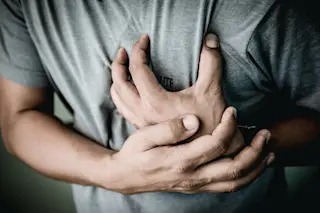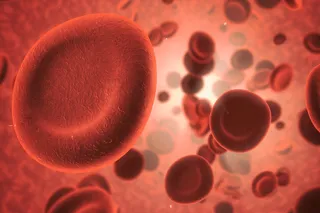The NFL’s most recent rendition of Monday Night Football brought to light a rare but deadly affliction that occurs in sports: commotio cordis. According to a study by the New England Journal of Medicine, the exact rates of commotio cordis are unknown, but it is one of the most frequent cardiovascular causes of sudden death in young athletes.
Commotio cordis, Latin for “agitation of the heart,” is an injury that occurs when blunt trauma to the chest disrupts the cardiac rhythm of the heart, sending those who experience it into cardiac arrest.
While it is not confirmed that Damar Hamlin experienced commotio cordis on the field Monday night, it is known that he suddenly suffered a cardiac arrest after making a tackle. If commotio cordis was the culprit, it would not be the first time a player in a professional sporting event suffered from it.
In 1998, hockey player Chris ...














